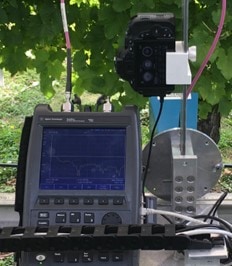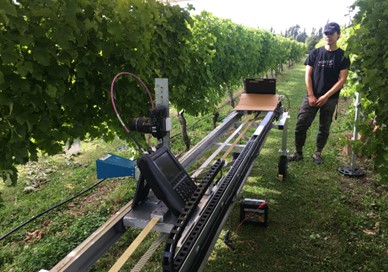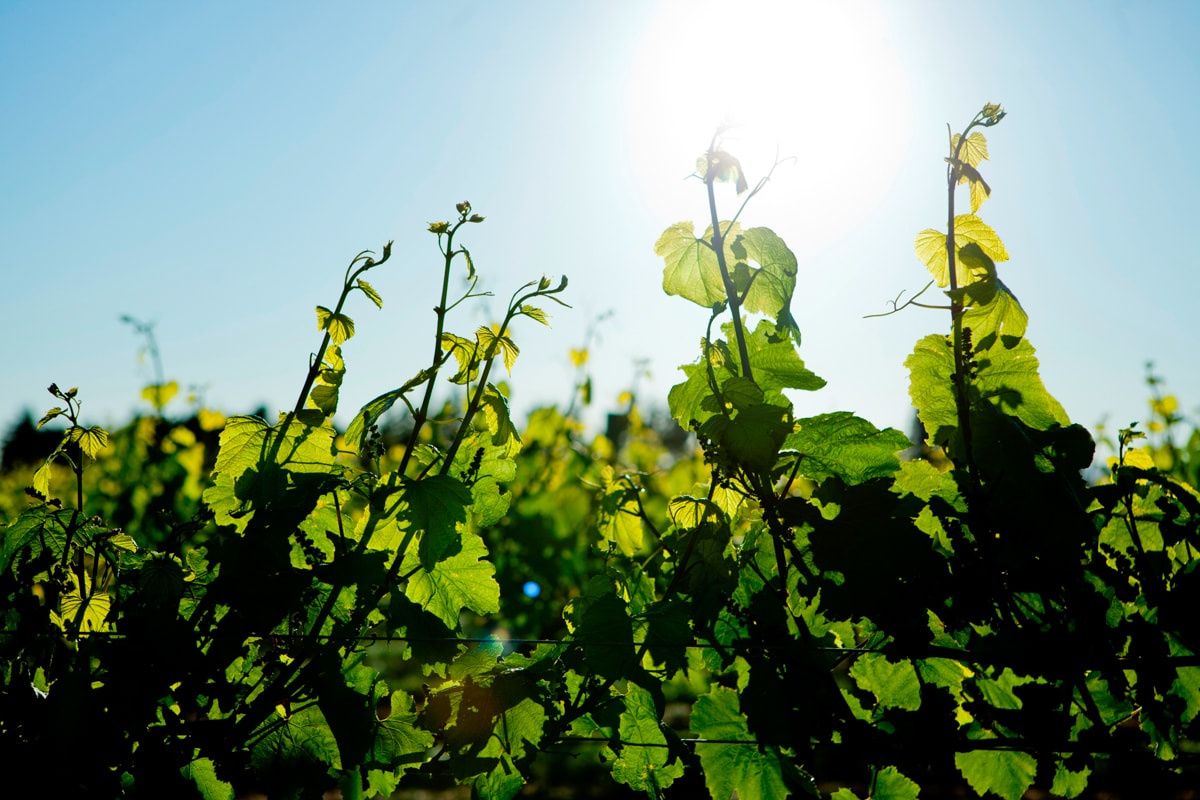Precision Grape Yield Analyser (GYA) Programme
Great progress in the third year of the project (2018/2019)
The Programme
Developing a Precision Grape Yield Analyser is a science research programme being led by Lincoln Agritech Limited with project partners of Lincoln University, University of Canterbury, Plant and Food Research and CSIRO. The programme is funded over five years (2017-2021) through MBIE and with invaluable co-funding (cash and in-kind) from the Bragato Research Institute (BRI) and the NZ grape wine industry.
The core focus of the programme is to develop sensing technology and tools that will accurately make grape harvest yield predictions early in the growing period. This research programme will provide the tools needed for grape yield forecasting and thus wine supply and grape crop management during the growing season. The GYA will be a high-tech tool that provides such yield estimates on a block level, predominantly for the Sauvignon Blanc vineyards in New Zealand.
The end-users of the output from this project will be the trained vineyard staff, consultants and service companies.
To achieve this the science research team, in conjunction with local industry representatives and our Industry Advisory Group, are bringing together and further developing machine vision and sensing, microwave and radar technologies and combining these with specifically developed modelling framework and inputs to enable early, accurate and less resource-intense forecasting of seasonal grape yields.
The key deliverable from the five-year programme will be a research prototype (hardware and software), which will be tested in several vineyards in 2021. We envisage the sensing device being deployed in vineyards using moving platforms, such as tractors, sprayers, and robots.


What we have achieved so far
The GYA programme gained substantial understanding and sensing grape bunch numbers and grape bunch growth. We use optical sensors (digital cameras) and add microwave sensors (‘radar-type’) to overcome serious occlusion from leaves in typical NZ-Sauvignon Blanc grape crops. The data will feed into a ‘constantly learning’ computer model to predict yield at harvest from early grape bunch data. The model is using also phenological and growth-related information to assess future yield.
Highlights of the project year 2018/19 are:
- Our microwave-sensing can assess grape bunch mass within 12% of actual biomass.
- Vineyard-block yield data point to strong spatial variability with temporally stable patterns.
- Our programme has been supported by the generous provision of data by the industry.
- Other NZ-fruit industries would like to adapt the ‘occlusion-free’ approach of GYA for their needs.
Through the new grape yield technology, this programme will assist an already successful wine industry to increase its productivity by yielding more and better-quality grapes through advanced canopy management. Site-specific yield prediction will improve efficiency by reducing labour costs, increase export returns and will also assist growth in New Zealand’s high-value manufacturing sector through export sales of the GYA product.
The GYA-Project working with NZ Grape Wine Industry
The Research team generally meets six-weekly to discuss project progress, issues and integration. Meetings with our Industry Advisory Group happens up to twice a year. The members of the IAG are winegrowers, consultants and the representatives of the BRI. The focus of the Advisory Group in the last year was on reviewing the results from the research work to date and in particular the last harvest season and how these impact on the future direction and work of the GYA project.
Many NZ-vineyards have contributed historical data on their block or bay-level yields and have collected bunch growth data during the last season, providing important input to the project research. Nevertheless, more data are required from growers to verify the robustness of our research results. In conjunction with the Bragato Institute and Plant and Food Research, we are planning an industry workshop for December 2019. This meeting will give the project an opportunity to demonstrate to the industry how we have used the data they provided and what are our plans for progressing this.
Outlook into the coming project year
In the next grape growing season (2019/20) we will conduct further research and development mainly to ensure validity of our approaches and make our results more robust. This will include advancing the sensing device with a new design for the microwave antenna. We will also mount the whole sensing system onto moving platforms carrying our devices along the grapevine rows, this will include a commercial field robot.
This article first appeared in the December 2019/January 2020 issue of New Zealand Winegrower magazine

















